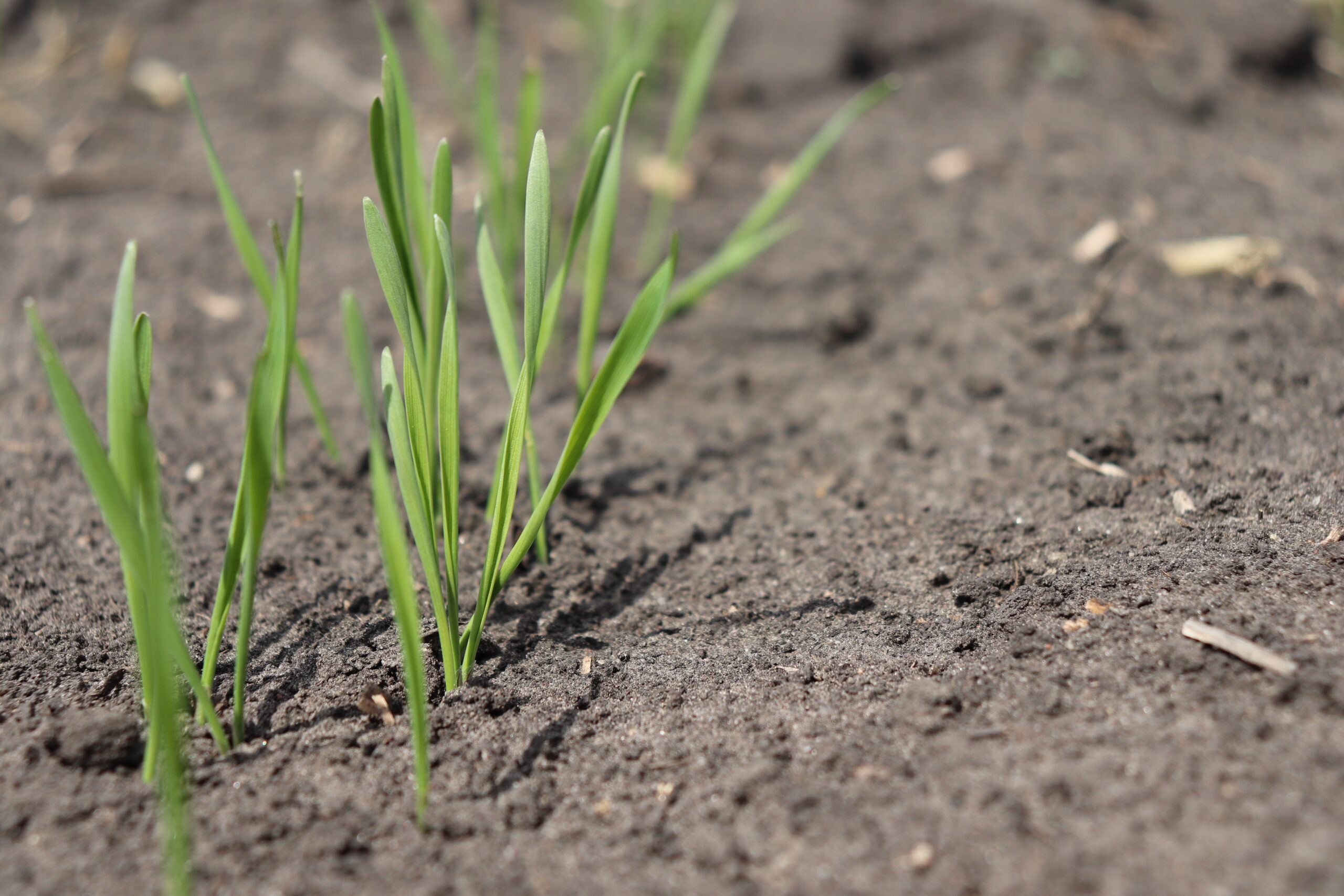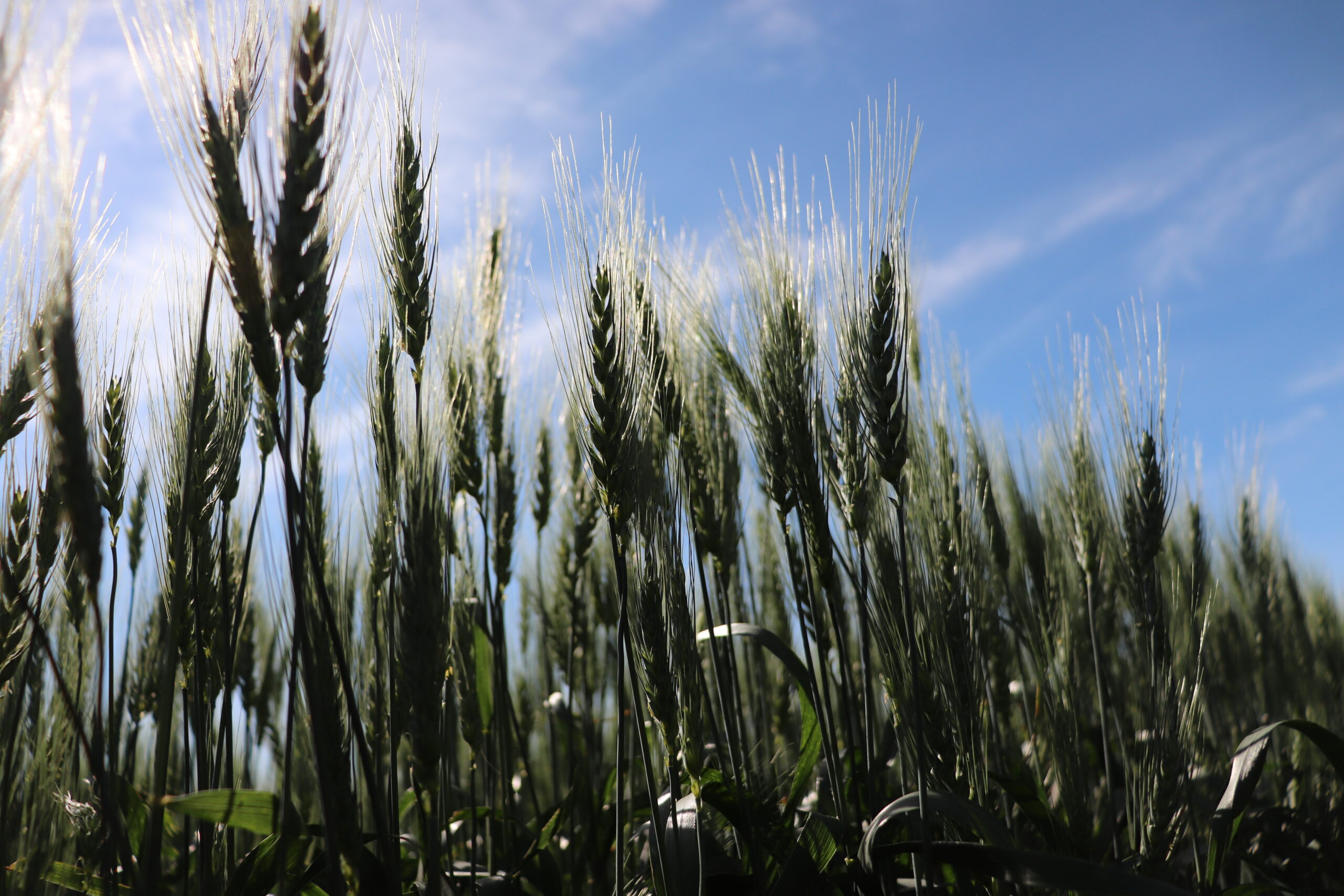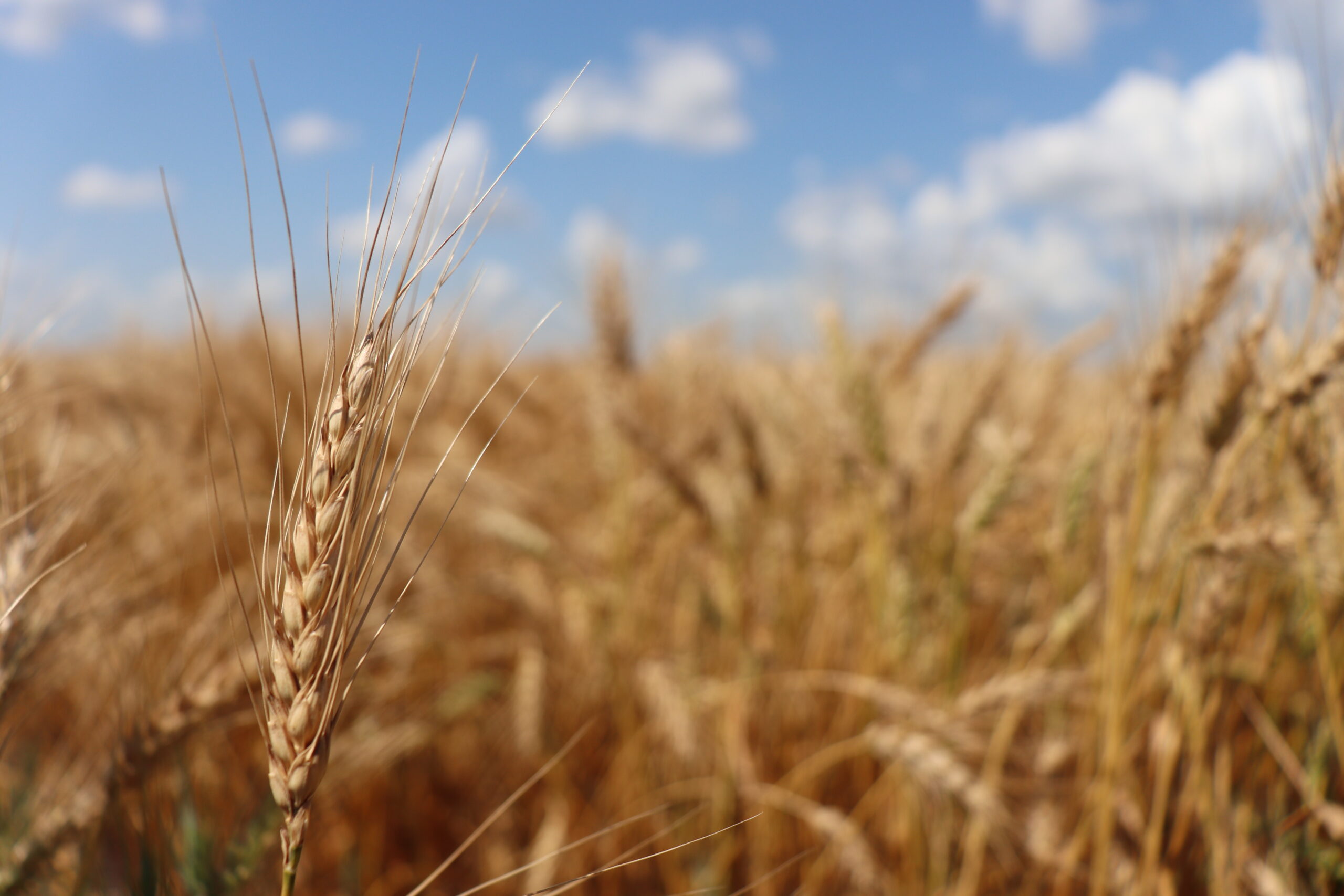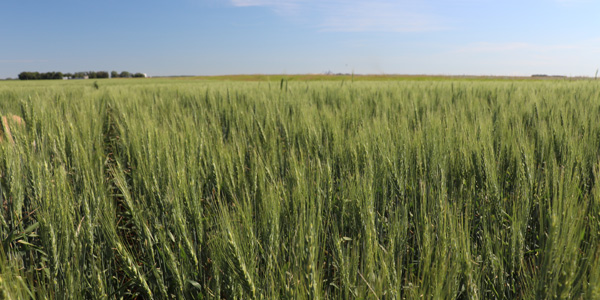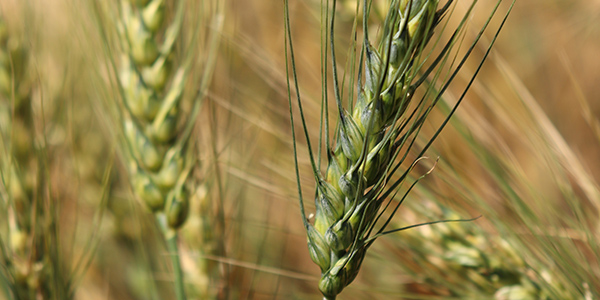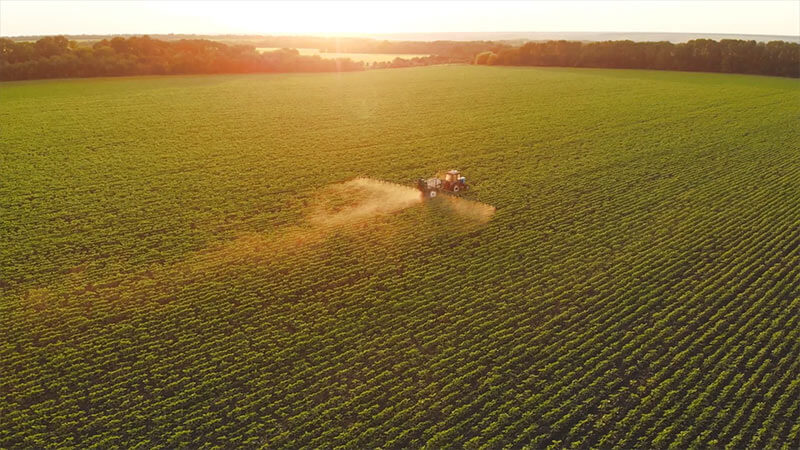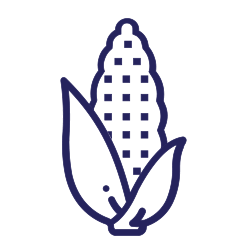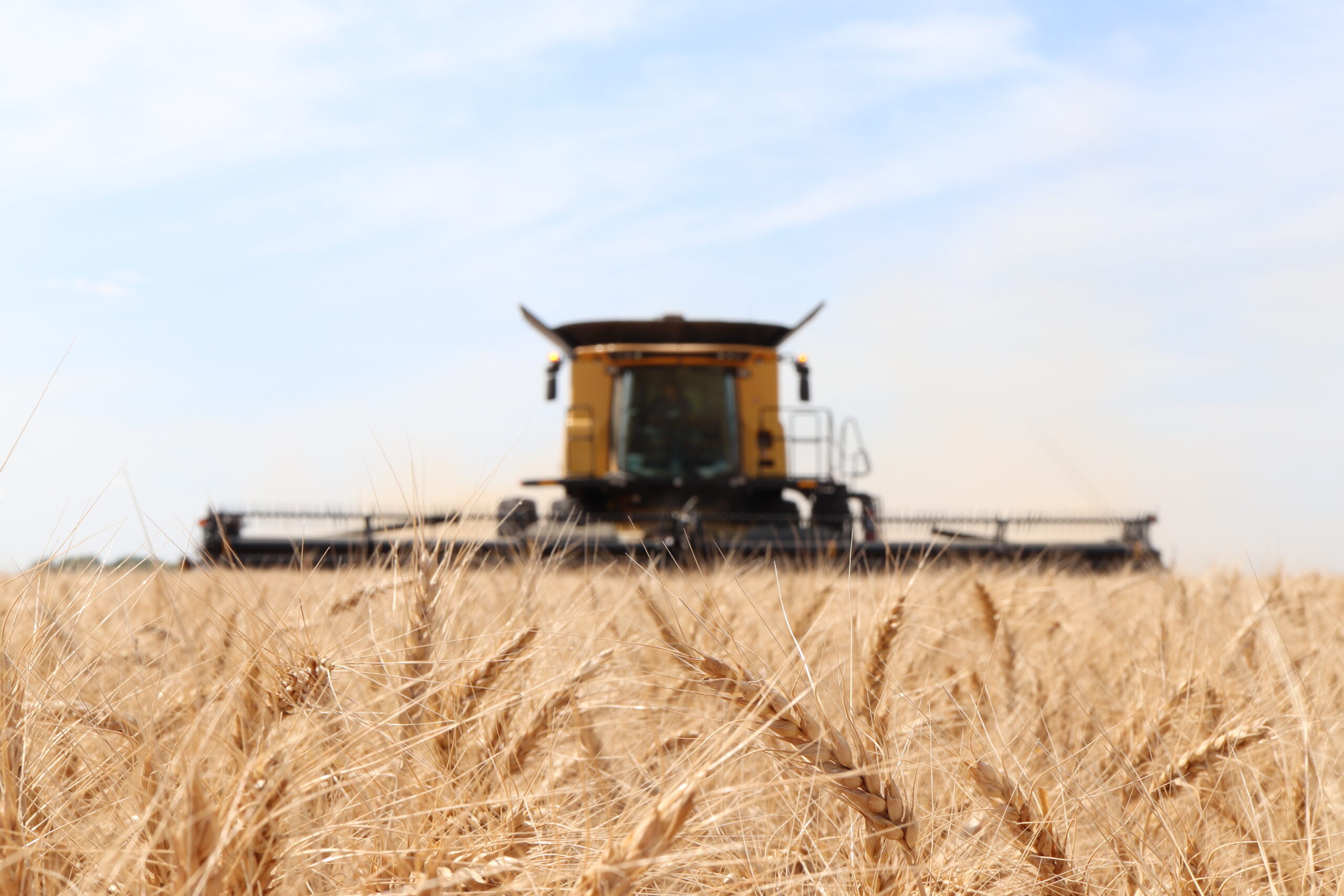Marker-assisted Pre-breeding for Alternative Semi-dwarfing Genes and Anther Extrusion in Durum and Bread Wheat
Crop Types
- Wheat
Collaborating Locations
University of SaskatchewanMore than 20 reduced height (Rht) genes have been reported in wheat (McIntosh et al., 2017), but the two semi-dwarfing Rht-1 homoeoloci, Rht-B1 and Rht-D1, have been widely employed in wheat breeding worldwide since the Green Revolution. Semi-dwarf cultivars are generally less prone to lodging, especially under high water and nitrogen conditions that are conductive to increased harvest index. Unfortunately, it has been well documented that the two genes are associated with Type I susceptibility to FHB (Lu et al., 2013). This may be related to the pleiotropic effects of the Rht-B1 and Rht-D1 alleles, or there association with other traits such as reduced anther extrusion (Wurschum et al., 2017). Anther extrusion has been related to increased susceptibility to initial FHB infection (Lu et al., 2013; Buerstmayr and Buerstmayr, 2015; He et al., 2016) because a higher proportion of retained anthers support Fusarium colonization of the floral cavity and initial hyphal growth (Buerstmayr and Buerstmary 2015; Steiner et al. 2019). Several studies have collected data on anther retention (AR) or anther extrusion (AE), plant height and FHB resistance, and 60% and 40% of the QTL for AR/AE and plant height, respectively coincided with FHB resistance QTL (Buerstmayr et al. 2020). Therefore, breeding for reduced FHB susceptibility conditioned by morphological and developmental characters such as high AE and alternative dwarfing genes can be an effective strategy to reduce FHB infection in wheat.
Objectives
- To generate elite CWAD and CPSR lines with Rht24 and high anther extrusion (AE) sources using marker assisted selection
- To improve and deploy breeder friendly, efficient markers for Rht24 and AE to support marker assisted selection (MAS)
- Investigate associations between Rht24 and AE with Fusarium head blight (FHB) resistance traits.
- Localize alternative dwarfing gene(s) from Tetraploid FHB resistance sources

